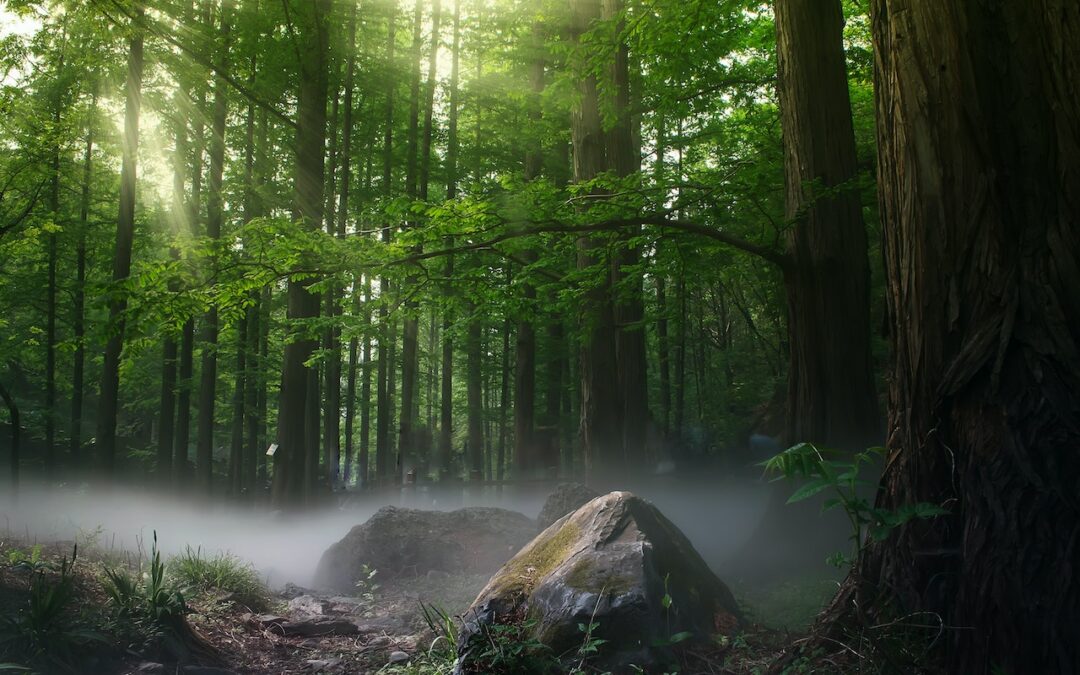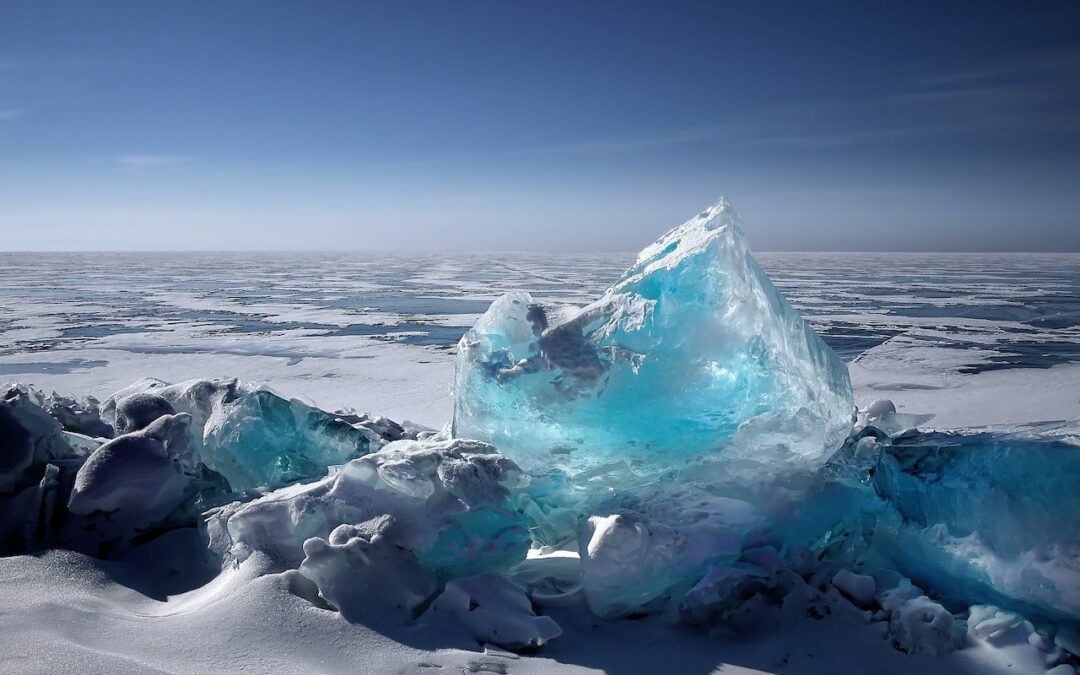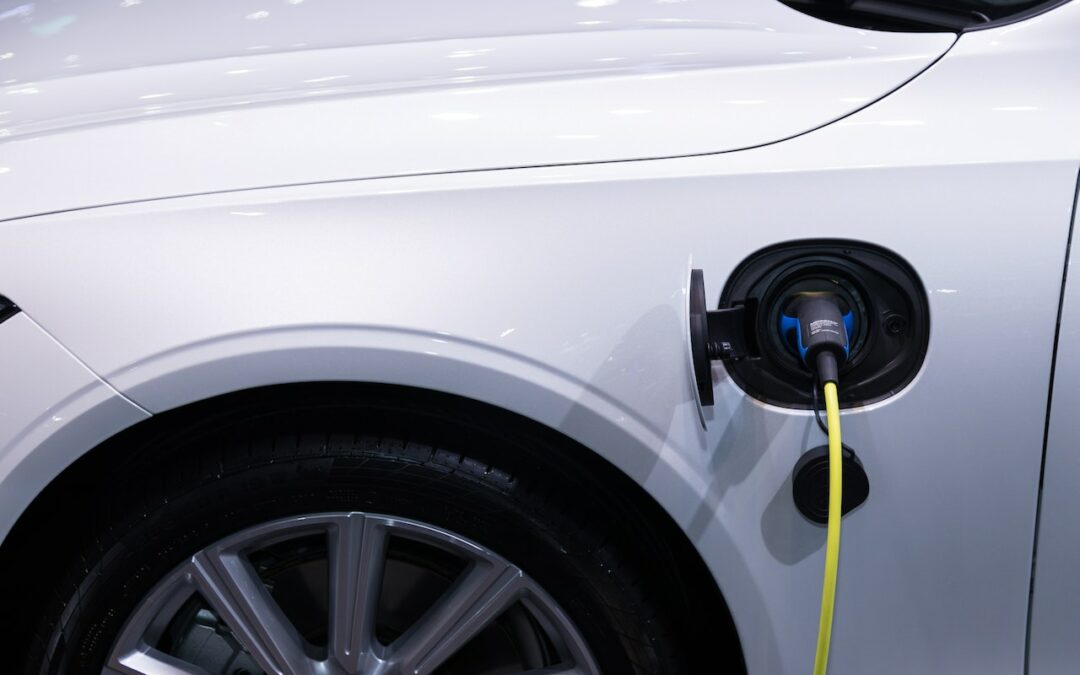
by Komoneed | Apr 11, 2024
One of my favourite movies as a kid was Dirty Dancing; I was energised by the music and dance. Now, when it comes to discussing our evolving energy systems and the need to transition to a net zero future, the dancing metaphor is a great fit. Here’s why.
The real-time balancing of electricity generation (supply) and demand is like a dynamic dance and if the two dancers are not in sync, the electricity system could tumble.
Demand has long been the leader, increasing when you flick on your kettle, and its dance partner, generation, follows its lead and increases too.
But the electricity system is transforming. Demand has suddenly flipped into an energetic tango, leaving the flowing waltz of the past behind.
Similarly, generation (supply) is no longer the perpetual follower of demand: grid-scale renewable generation output is growing rapidly. However, electricity generation from renewables is plentiful at times and sometimes it’s not dancing at all — when the sun doesn’t shine and the wind doesn’t blow — making balancing the electricity grid challenging.
Meanwhile, homes and businesses have become power generators in their own right, with rooftop solar, batteries and energy storage systems becoming more prevalent.
Keeping supply and demand moving in sync requires orchestration and incentives, as we transition to renewables and reduce emissions. Together, orchestration and incentives must overcome inconsistent generation and transmission challenges, and ensure increasing volumes of storage.
With storage, we have a new dance partner joining demand to spin around the dancefloor: when generation is resting, storage cuts in.
Importantly, we also need to teach demand to follow its generation partner’s lead every now and again. In the energy industry, we call this demand management, and this is the unsung hero and future of the grid.
To make demand management work, we need price signals to motivate changes to energy use by telling the market the true value or cost of each electron. In my Dirty Dancing analogy, this is like a conductor changing the beat, driving energy consumption to another time when energy is most available.
Due to supply and demand being out of step, an electron in the middle of the day can be far cheaper than an electron at 7:00 pm.
Today, many residential and small business consumers pay a flat rate regardless of supply scarcity. For larger energy consumers, pricing has been a little smarter, as most pay different rates for peak and off-peak and can therefore pay less by altering when they use energy.
High prices due to global energy supply shortages in the past couple of years have revealed the inadequacy of these old pricing regimes. When supply gets tight, the market operator must step in with expensive interventions to maintain reliability.
The future requires proactive mechanisms to better reflect scarcity and abundance. For example, it could be more cost-effective for a small manufacturer to have two production lines that run during daylight hours (powered by rooftop solar) than it is to have one production line that runs 24/7.
Most importantly, the consumer needs to be rewarded appropriately for helping to maintain grid reliability.
If you coordinate energy efficiency, demand response and demand management properly, you can realise significant value in that flexibility.
Today’s major energy consumers have multiple energy assets at their disposal — onsite generation, possibly onsite storage, and maybe untapped ability for demand management. As well as a retail electricity supply contract, they may also have renewable electricity contracts.
In recent years we’ve identified material savings for Schneider Electric’s industrial customers by finding the opportunities in all that complexity. It’s no easy task, but once done, consumers can plainly see the value of energy efficiency, demand management and demand response.
Load flexibility is a major asset to the grid of the future. As we upgrade our buildings, production facilities and homes, and add onsite solar or batteries, EV charging and smart technology, we need to think about improving our ability to flex our loads and encouraging changing consumption patterns.
Improving capability for flexing load also improves grid resilience. Of course, energy and decarbonisation are intrinsically linked, as the energy system is responsible for some 75% of Australia’s greenhouse gas emissions. Consumers big and small should think holistically about all the energy efficiency, electrification and energy management actions that are part of a wider aim to decarbonise.
We need to teach the steps through price signals, understanding value, understanding and improving demand management capability, and holistic thinking.
If demand is better managed, we can decarbonise and improve our grid much faster so that demand and generation can seamlessly dance in time across a decarbonised grid.
My hope is to see our grid be the first to achieve 24/7 carbon-free energy. It’s like the big lift in Dirty Dancing, a display of partners taking flight and moving in unison.
Lisa Zembrodt is the Principal and Senior Director of Sustainability Business for the Pacific Zone at Schneider Electric.
Top image credit: iStock.com/suteishi

by Komoneed | Apr 11, 2024
Editors note: Kyle Johnson is a forester with the Bureau of Land Management’s Missoula Field Office. Mr. Johnson is not affiliated with Healthy Forests, Healthy Communities but gave us permission to share his message. It seems like the topic everyone

by Grace Ebert | Apr 11, 2024
Although warming global temperatures are causing sea levels to rise around the globe, the Pacific islands are experiencing the change at a more rapid rate than anywhere else. Higher tides and extreme weather can wage unrelating flooding, rendering low-lying regions uninhabitable and displacing the communities that call them home.
In Sink / Rise, Nick Brandt peers into the not-so-distant future to imagine the effects of rising waters. His photographs depict people performing unremarkable tasks like sitting at a table or tottering on a seesaw, although their surroundings are incredibly unsettling. More
Do stories and artists like this matter to you? Become a Colossal Member today and support independent arts publishing for as little as $5 per month. The article Suffocating Subjects Long for Air in Nick Brandt’s Unsettling Underwater Photos appeared first on Colossal.

by Komoneed | Apr 8, 2024
Superfoods for a Super Forest
jschoshinski
Fri, 04/05/2024 – 14:33
A Portuguese language version of this blog can be found here.
Bruno Kato is a businessman. That’s why he understands the value of a healthy Amazon rainforest — to the planet, his community, and his company.
Bruno is CEO of Horta da Terra, a company that produces freeze-dried superfoods like açaí, chicory, and hibiscus while helping restore the Amazon rainforest in Brazil’s Pará state.
Over 40% of deforestation in the Brazilian Amazon has occurred in Pará, largely driven by ranching and agriculture. Unsustainable cattle production can be a deforestation double whammy, as ranchers clear trees for rangeland, and then — after a few years of intensive grazing — often abandon the land in a state of ruin to seek new forest to clear for greener pastures.
And the impacts of deforestation reach far beyond just one farm. The Amazon rainforest is home to thousands of unique species, serves as a critical carbon sink, and regulates rainfall and weather patterns across South America and beyond. One landmark study found that continued Amazon deforestation would mean the Sierra Nevada mountains — which irrigate California’s farming valleys — lose half their snowpack.
Image
The Horta da Terra farming area as the surrounding forest closes in.
Credit: Lalo de Almeida for USAID
Bruno wants to change that status quo. In 2009, he purchased a 91-acre degraded former cattle pasture, with a vision to kickstart a more sustainable model of production in the region. Over the next several years, he left portions of the land to naturally recover. He then began integrating layers of trees and plants which produce highly valuable superfoods alongside natural forest cover.
As the surrounding forest gets healthier, so does his farm. A strong ecosystem means a more resilient farm that can better withstand pests, weeds, and drought over time — a stark contrast to the overgrazed and abandoned cattle farms around him. Bruno has seen wildlife like monkeys, sloths, and even a jaguar begin to visit his land.
Image
An Horta employee tends to the vitamin-rich cariru plant, also known as waterleaf.
Credit: Lalo de Almeida for USAID
Of course, sustaining this model depends on making it profitable. That’s why USAID, Impact Earth, the Alliance of Biodiversity International, and the International Center for Tropical Agriculture co-designed the Amazon Biodiversity Fund (ABF), which invests in sustainable businesses in the Brazilian Amazon.
The Amazon Biodiversity Fund has raised $50 million and invested in five businesses to date, including investing in Horta da Terra in 2021. According to Bruno, that funding has been critical in making his product economically viable.
Once ABF invested, other investors exploded. Everyone wants to invest with someone else. It’s like dating — when you’re single, nobody wants you, but when you’re in a relationship, suddenly everyone is interested!
Bruno Kato
In part because of this investment, the company is now expanding from just domestic sales to international markets like the U.S. As the market for sustainable and organic superfoods continues to boom, Bruno has begun sourcing additional products from other local smallholders who grow their products under forest cover.
USAID, the International Center for Tropical Agriculture, and the Amazon Biodiversity Fund have continued to work with Bruno to monitor the health of his forest and farm, and to connect him with potential investors.
Recent analysis found that each year Bruno’s land stores about 10,000 tons of carbon dioxide equivalent — equal to the emissions avoided by taking over 2,000 cars off the road for a year — and is home to a greater diversity of insects than neighboring farms.
By clearly demonstrating that his work is helping the forest recover, this project is also raising the standard for other companies to show accountability for their own zero-deforestation or sustainability pledges.
Image
Measuring a soil sample from Bruno’s land, which researchers at the International Center for Tropical Agriculture will use to help analyze the health of the forest.
Credit: Lalo de Almeida for USAID
This is an example of a new vision for the Amazon, where environmentally sustainable businesses provide jobs while restoring and protecting the forest. Across the Amazon region, USAID activities annually help conserve more than 45 million hectares, an area of forests larger than California, and more than 100,000 people experience direct socioeconomic benefits from these partnerships.
Image
Credit: USAID
As Horta da Terra grows, Bruno hopes his success demonstrates the importance of restoring nature — both for the near-term economic opportunities, and for the long-term priceless value of a healthy planet.
The economic equation we have does not work without nature. I hope our example can be an inspiration to others.
Bruno Kato
Image
Bruno with a box of Horta da Terra products at the company’s warehouse in Belem, Brazil.
Credit: USAID
This blog was originally published by USAID on Medium.
Teaser Text
The Amazon rainforest is home to thousands of unique species, serves as a critical carbon sink, and regulates rainfall and weather patterns across South America and beyond.
Subtitle
How USAID helps local businesses flourish while restoring the Amazon rainforest
Publish Date
Fri, 04/05/2024 – 12:00
Author(s)
Joey DeMarco
Hero Image
Superfood Blog Img.jpg
Blog Type
Blog Post
Strategic Objective
Mitigation
Region
Global
Topic
Agriculture
Biodiversity Conservation
Deforestation and Commodity Production
Food Security
Forest/Forestry
Indigenous Peoples and Local Communities
Mitigation
Nature-based Solutions
Natural Climate Solutions
Country
Brazil
Sectors
Natural Climate Solutions
Agriculture and Food Systems
Biodiversity Conservation





